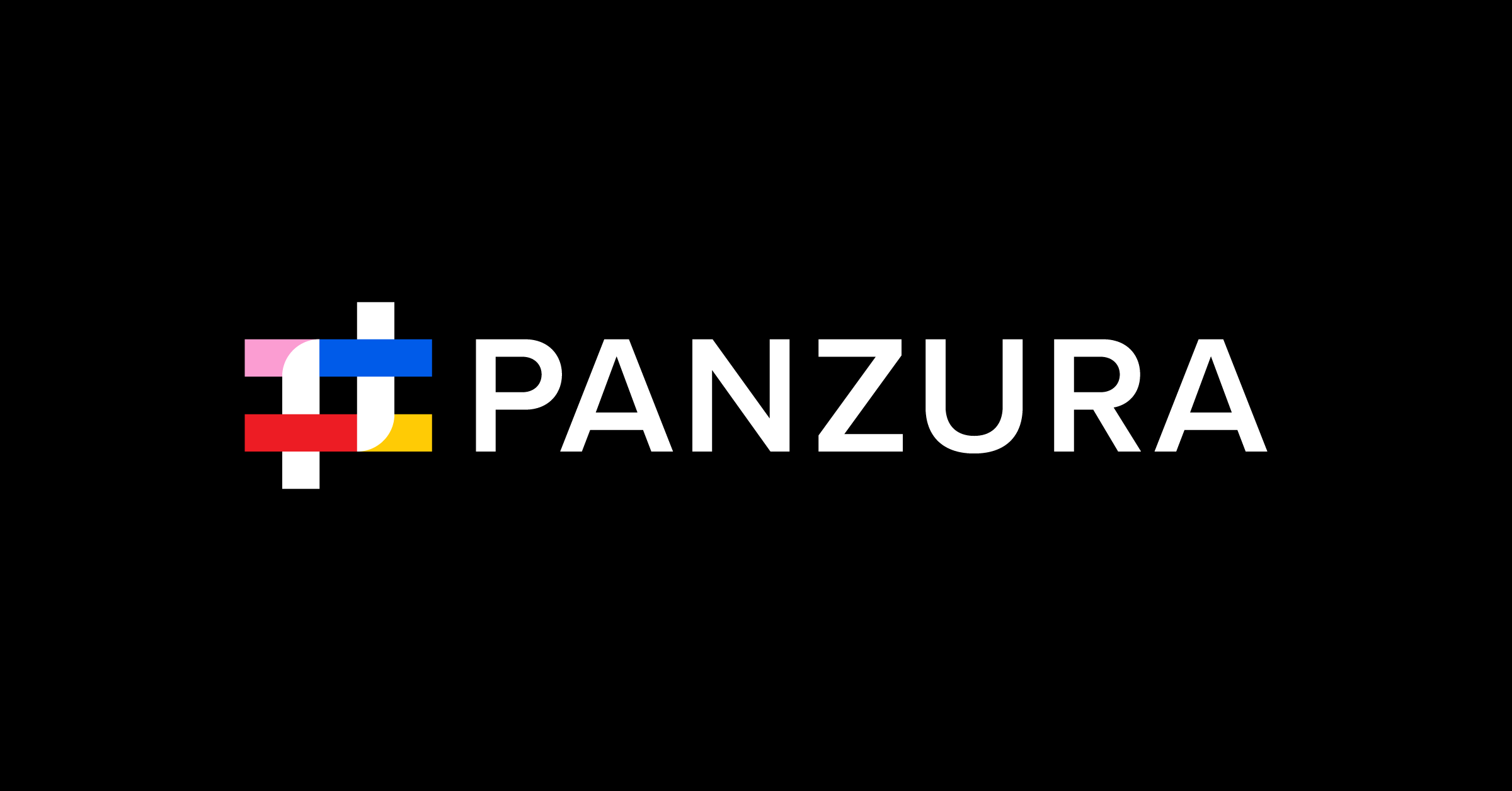The rise of the cloud has opened a whole new world of cross-site collaboration and file sharing. As more and more applications are deployed on the cloud rather than local servers, data is no longer restricted to a single geographic location. That means users on opposite sides of the world can easily work on the same file. But while the cloud has created endless possibilities for data collaboration, it has also introduced new security risks.
Lack of Control Over Data Management
While the cloud’s convenience is a powerful selling point, companies that rely on cloud applications quickly realize they have limited control over cloud infrastructure and data management. This lack of control raises concerns about data privacy, regulatory compliance, and platform customization. And since the cloud often transmits data over the internet, data interception is another critical consideration. As if those issues weren’t enough, weak encryption, insecure networks, and compromised endpoints can lead to data exposure via data breaches or unauthorized access.
The takeaway is clear: While most cloud providers have security measures, there’s still a risk of data loss. Cyber attacks, system failures, and natural disasters can all result in data loss if proper backup and recovery strategies aren’t in place. This brings us to Recovery Time Objectives (RTO) and Recovery Point Objectives (RPO).
RTO and RPO Define Risk
RTO is how much time businesses have to restore operations after a disaster to avoid unacceptable consequences, and RPO is the maximum tolerable data loss for an organization. These metrics can be industry-specific or vary by company.
While RTO and RPO go hand in hand, they each serve distinct purposes in your disaster recovery plans. To protect your data and operations, you need to know how RTO and RPO are measured — and, more importantly, how they can be shortened.
In simple terms, RTO is how long a business takes to recover from a disaster, while RPO is how much data loss the business can tolerate. RTO concentrates on application and infrastructure recovery, and RPO focuses on backup frequency. RTO is more complex because it has a broader scope and involves more moving parts and variables. RPO is easier to calculate because it only covers one aspect of the recovery process: your data.
Your Maximum Tolerable Period of Disruption
When determining RTO and RPO, your business needs to decide on its maximum tolerable period of disruption (MTPD). Factors such as employee wages, lost sales, recovery expenses, and reputational damage all go into deciding your Maximum Tolerable Period of Disruption (MTPD). Once the MTPD has been set, you can apply it in your RTO and RPO strategies.
RTO Costs More, RPO Is a Measurement of Data Loss
It should be noted that a shorter RTO is more resource-intensive and has a higher cost for recovery. So, prioritize which data and applications need shorter RTOs and which have a higher tolerance threshold.
RPO is measured in time as it relates to data loss. The interval of time spans from the moment a failure occurs to the last valid data backup. So, if the most recent backup occurred 12 hours before the failure occurred, the RPO is 12 hours.
RPO typically considers industry-specific factors. Organizations that deal with sensitive information like financial transactions and health records that are also frequently updated, need backups more frequently. Like RTO, cost is a factor when deciding RPOs. Shorter RPOs call for more frequent backups, which require high-speed technologies and can mean greater network bandwidth to achieve the required data availability, but not usually not in Panzura’s case. (Check out the Becoming Ransomware Resilient section of this blog for an explanation.)
Your company will likely have different RTOs and RPOs for its various applications, but generally speaking, the more critical the application, the shorter the RTO and RPO should be. Less critical applications allow greater tolerances.
The Impact of RTO and RPO on Cloud Applications
Cloud applications have revolutionized operations, but if the cloud goes down, you’re left to deal with downtime. Shorter RTOs call for applications to be restored quickly after a disruption, reducing the impact on business operations, financial losses, and customer dissatisfaction.
When cloud applications are up and running, they provide enhanced data accessibility. If and when disaster strikes, you want to have planned for a shorter RPO to ensure data integrity and availability and to minimize the risk of losing valuable data. More frequent saved backups allow you to restore data to a more recent state and reduce the impact on business operations.
RTO and RPO play a critical role in risk mitigation strategies for cloud applications. Meeting RTOs and RPOs by implementing effective disaster recovery plans help you minimize the impact of disruptions.
Overall, shorter RTOs and RPOs maximize the overall benefits of cloud applications. With a proper disaster recovery plan, you can shorten your RTOs and RPOs, safely share data, and collaborate more effectively.
Related Resources
- Becoming Ransomware Proof
- Data Security Is More Than a Good Idea
- How Panzura Revolutionizes RTO's and RPO's

